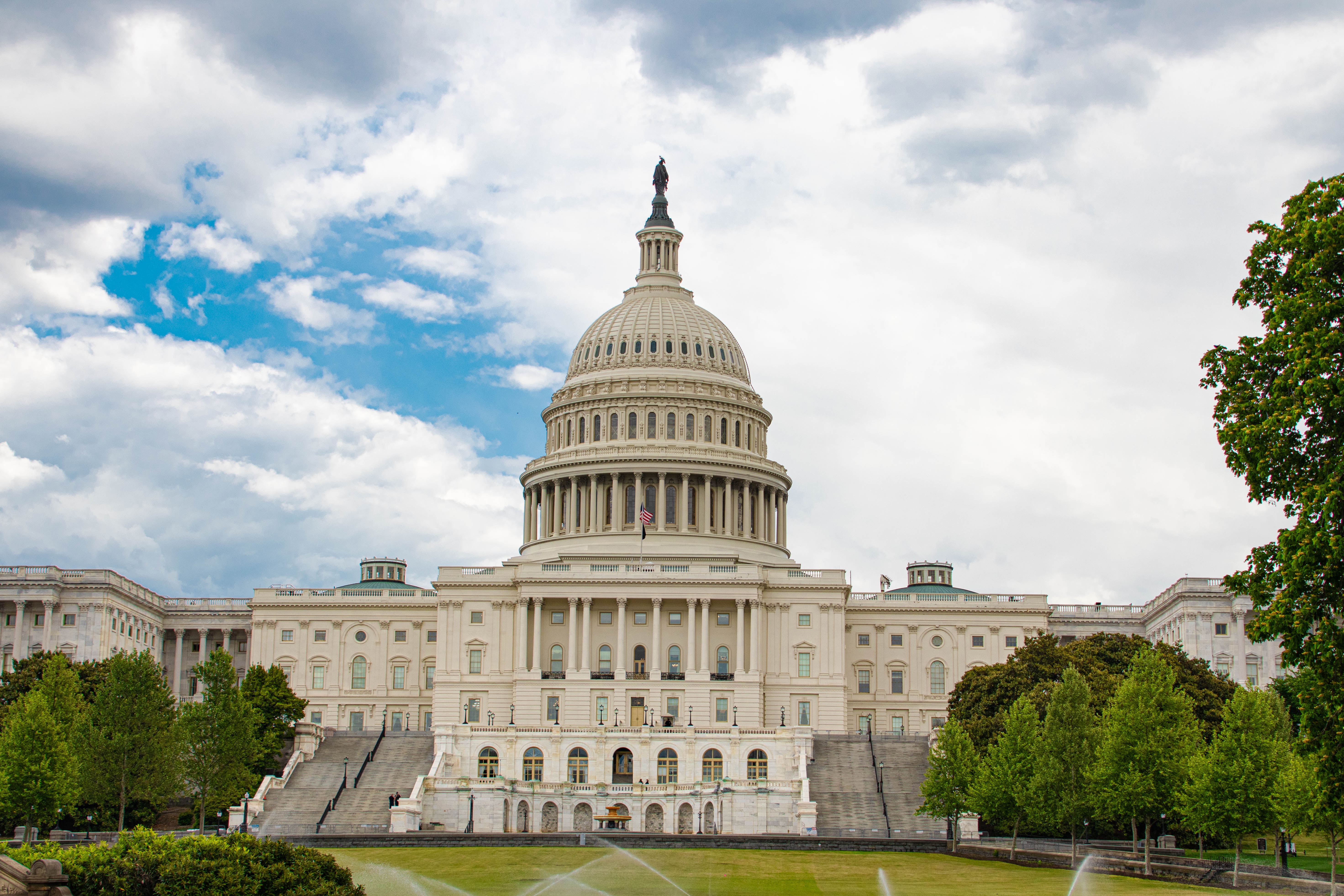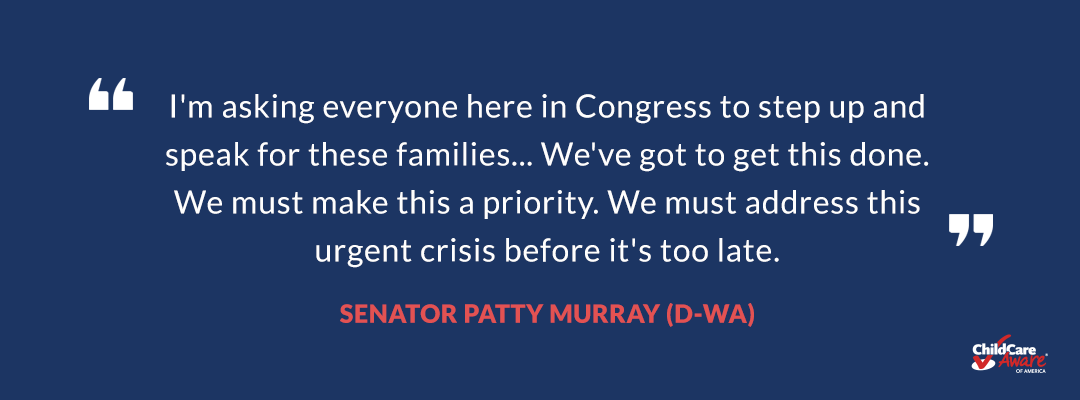
States and local communities play a significant role in shaping the policies that determine child care access for families and the quality of available care. This blog explores legislation that state and local governments have enacted in 2022 to support child care and early learning. These actions are especially important as federal relief funding, which has allowed states to implement temporary child care policies, is set to dry up in 2024.
Current Funding is Not Enough to Support State’s Child Care Systems
States use a myriad of funding streams to support their child care systems. Federal funding is available to states to help families afford and access care. At its bedrock, states receive federal funding under the Child Care and Development Block Grant (CCDBG) to serve low-income families and improve the overall quality and supply of programs. States are required to infuse additional funding to support their child care and early learning programs under CCDBG. In addition, states can tap into other federal funds to support child care, like Head Start/Early Head Start, the Preschool Development Grant, and Temporary Assistance for Needy Families (TANF).
Unfortunately, past federal and state investments have not been enough to support the system and have created a precarious situation for child care, one that relies heavily on families to foot the bill. This is, of course, unlike our public K-12 education system. A recent analysis from the First Five Years Fund shows that in almost all states, CCDBG funds reach less than 15% of eligible children. Family payments alone are not enough to cover personnel and administrative costs, along with child care businesses’ mortgage/rent, utilities, food, equipment, and general maintenance and upkeep. Providers only charge what families can afford, which often translates into near-poverty wages and limited benefits (if any at all) for early educators. These challenges make it financially stressful for providers to run a high-quality child care program and squeezes family budgets in order to afford care, when families can find it.
It is no secret that the pandemic has exacerbated these challenges. To combat decades of underfunding, historic amounts of funding were passed by Congress to stabilize— emphasis on stabilize— the child care sector under three legislative packages: the Coronavirus Aid, Relief, and Economic Security Act (CARES), the Coronavirus Response and Relief Supplemental Appropriations Act (CRRSA), and the American Rescue Plan (ARP) Act. Federal relief funding has been a game-changer for child care and early learning. States across the country have enacted policies that lowered costs of care for families, raised wages for providers, and supported the supply and quality of child care programs. But the timeline for states to spend down this funding is quickly approaching— by September 2023, states must liquidate (or spend) funding under CARES, CRRSA, and the stabilization grant portion of the ARP Act. By September 2024, states must liquidate the last of the ARP Act federal relief dollars.
(Some) States Make Headway in 2022
Federal relief funding has temporarily prevented widespread permanent program closures, but unfortunately, it has only addressed the surface of the enduring challenges child care has faced for decades. Child care programs remain short-staffed, and providers are burned out from long-standing under-compensation and the effects of the pandemic. Families continue to struggle to find and afford child care. In 2020, child care prices exceeded annual inflation by nearly 4 percent. The cost of child care exceeds the annual cost of in-state tuition at public universities in all regions of the country.
The clock is ticking. Keenly aware of looming deadlines and the invaluable role that high-quality, affordable, and accessible child care plays to support families and the economy, states have begun to make their own bold investments in child care. In fact, in 2021, the National Conference of State Legislatures (NCSL), found that state lawmakers enacted twice as many early care and education bills than NCSL tracks in a typical year. In 2022, states continue to invest in child care within their budgets and through stand-alone legislation.
By the end of June, many states have wrapped up their regularly scheduled sessions for the year, though some, like Ohio, remain in session through the end of the year and others, like Arkansas and Indiana, have special sessions called for this summer. In 2022, only four states— Montana, Nevada, North Dakota, and Texas— did not hold regularly scheduled sessions this year, as these four states only meet in odd-numbered years. During this year’s legislative sessions, states continued to allocate federal relief allotments (i.e., Delaware, New York, and Pennsylvania) while others have gone beyond federal relief and appropriated state general funding to make major investments in child care (i.e., Connecticut and Maine). States implemented significant policies during their 2022 legislative sessions to support the early childhood educator workforce, strengthen the overall child care system, and improve access and affordability for families.
The following table contains some legislative wins in states as of summer 2022 but is not exhaustive of all states or the policies passed this year.
|
State Legislative Summary (Summer 2022) |
|
|
State Legislative Actions Supporting the ECE Workforce
|
|
|
State Legislative Actions Strengthening the Child Care System
|
|
|
State Legislative Actions Improving Access and Affordability for Families |
|
Local Legislative Actions
Cities and communities are also important players in the child care and early learning space. In 2022:
- Atlanta’s Mayor Andre Dickens pledged $5 million of city funds toward a $20 million goal as part of a public-private partnership to invest in early education during his State of the City address. He asked Atlanta Public Schools to match this commitment and challenged the private sector to raise $10 million to match the public sector contribution. The funding aims to invest in the infrastructure of early childhood education facilities and programming, provide funding for early childhood education teachers, and provide scholarships to families to improve access.
- Boston’s Mayor Michelle Wu announced a $20 million investment in early education through Boston's Universal Pre-Kindergarten (UPK) program. With this funding, Boston will revamp its funding formula, expand UPK to include family child care providers, and increase its capacity to offer 992 seats.
- New York City created a Care for All Fund to offer subsidies to low-income children without immigration documentation in New York City. A bill to eliminate immigration status and burdensome work documentation requirements to access child care assistance statewide failed to pass the New York’s state legislature.
Next Steps
The 2023 state legislative sessions are almost here, as most states will be back in session in January. As states spend down their relief funding over the next year, it will be critical to keep advocating for child care and early learning policies at the state level. While some of the legislative actions noted above have been big policy wins for families, providers, and children, not every state has made bold reforms for child care and early learning. That leaves a patchwork of early learning access across the country. In 2023, we must make child care investments a priority in all state houses and at the federal level.
CCAoA thanks its Child Care Resource and Referral (CCR&Rs) network and other state child care and early learning partners for providing the comprehensive legislative summaries that this table shares examples from (all summaries are linked throughout the chart above). If you’d like to include your state’s policy wins in the chart above, please reach out to Diane Girouard at Diane.Girouard@usa.childcareaware.org.





